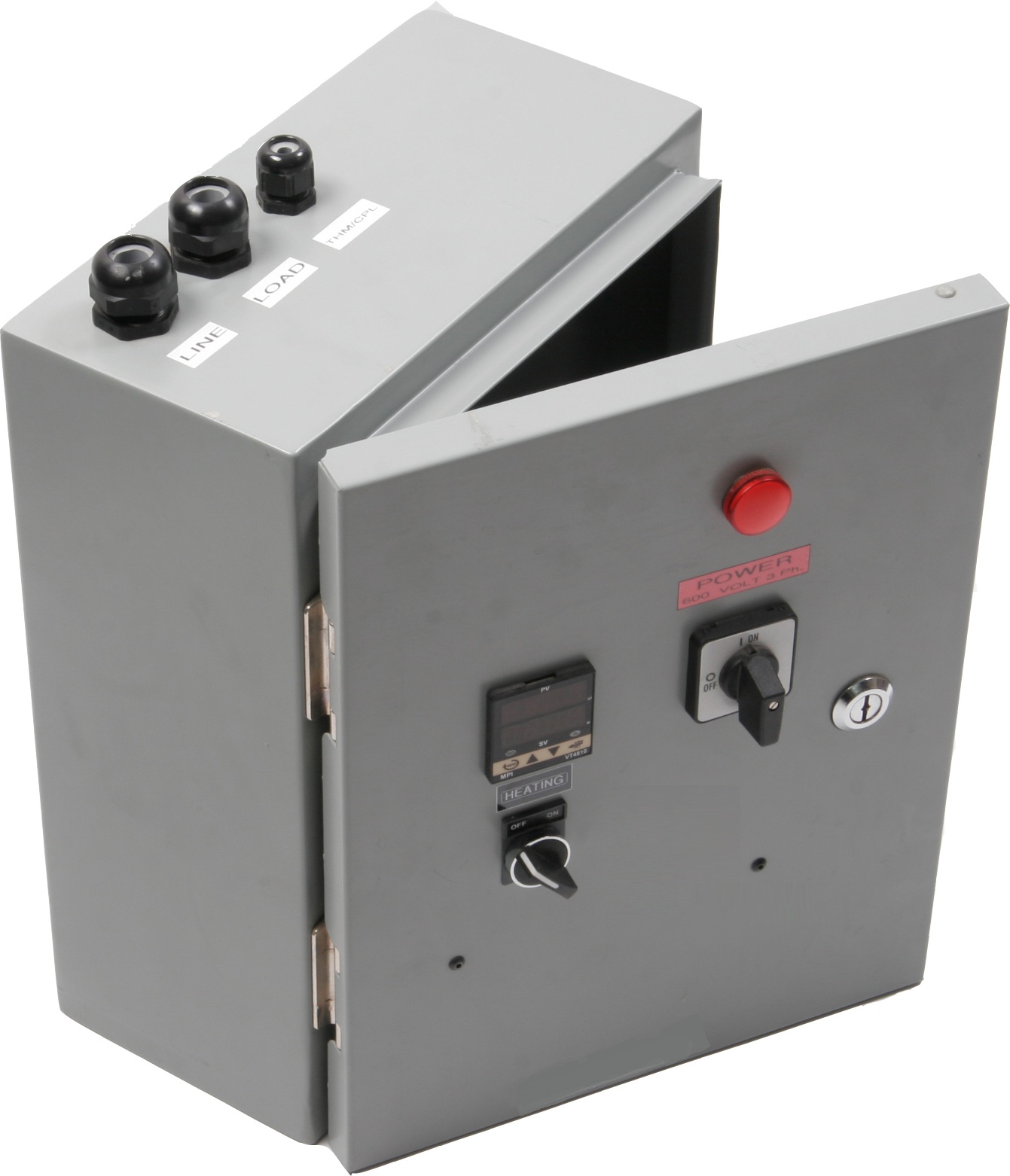Digital Control Panels in the Heating Industry
Thermocouples and Digital Control Panels
There are several components to the control panel—also called control box or terminal enclosure. There are primarily internal wirings, switches, fuses, and heat sensing mechanisms such as RTD. The heat sensing mechanism can also be resistance thermocouples.
Thermocouple vs. RTD
The RTD solution costs more, but offers several advantages. Its operating mode is area sensitive, and therefore RTD provides good stability and excellent accuracy. Unlike thermocouples, RTD is good in linearity, and contamination resistant. However, it is not without shortcomings. It is slower in response time, and at times self-heating. More importantly, it is less sensitive to small temperature changes. Deciding on the use of thermocouple/RTD is not a simple matter of this and that. A lot of factors must be weighed before making an intelligent decision.
Digital Control Panel
The essence of digital control panels is about precision. The precision requirement dictates each scenario differently. The digital controls are installed to monitor the ambient and set-point temperature. The control panels can be customized for the application specific need. The digital controls are reliable and cost-effective. The digital control panels can maximize the heater performance while providing a hassle-free care over the entire operation of your immersion heaters.
Get a quote on a control panel today or browse through all of WATTCO’s products.
